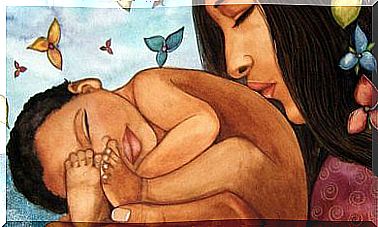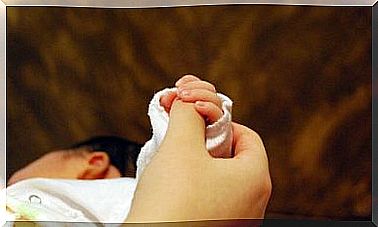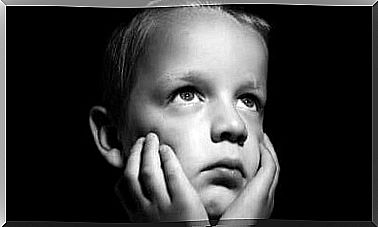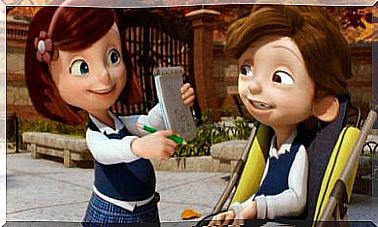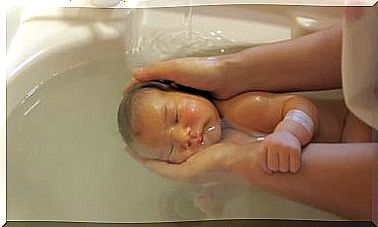Symptoms Of Dysgraphia In Children

In the age in which we live, the ability to know how to write is essential to develop correctly. But there is a learning disorder called dysgraphia that affects this ability. For this reason, we have put together this article that describes the symptoms of dysgraphia in children.
Difficulties in writing can affect a child’s entire academic performance . Therefore, it is essential to treat the problem through psychopedagogical intervention. In addition, the ideal is to detect this disorder as soon as possible, so that you can begin to help the child to face the dysgraphia with the least impact and affectation possible.
Cognitive processes involved in writing
Writing consists of transforming an idea into graphic characters. Thus, to carry out this action, four cognitive processes are involved:
- Engine: responsible for producing the letters or graphic signs.
- Lexis: necessary for writing words.
- Syntactic: involved in the production of sentences.
- Planning: it is activated when writing a text.
These mental operations are launched in a sequential order, so, according to the psychologist Fernando Cuetos, these are the steps that are carried out when writing:
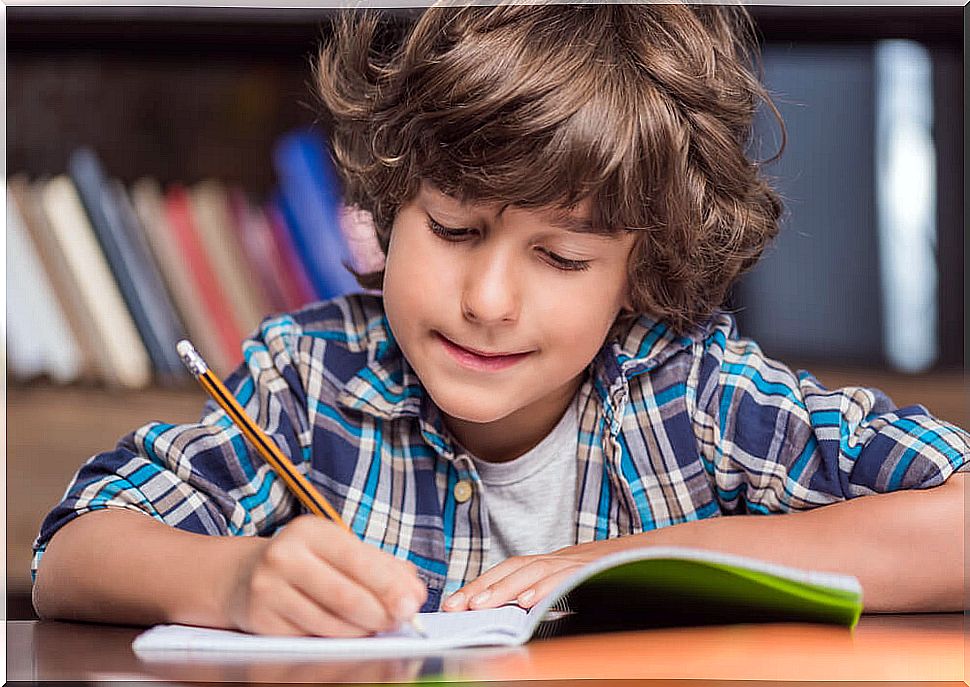
- Planning the message: you have to select the information from the memory, organize it correctly and check if the ideas meet the objectives set.
- Transmission of the message: certain syntactic structures are built. Which is carried out depending on the type of grammatical sentence (passive, interrogative, etc.). And the functions of words (articles, adverbs, prepositions, etc.).
- Search in the lexical store: the right words are chosen. This action is carried out by means of the orthographic way (direct recovery of the mental lexicon) or by the phonological one (obtaining the spelling by applying the rules of grapheme-phoneme conversion).
- Activation of motor processes or muscular movements: they allow the graphic representation of each letter or punctuation mark.
So while writing seems like a simple skill, it is actually a very complex action. Which, as you develop and train, becomes an automated capability.
Symptoms of dysgraphia in children
Dysgraphia falls into the category of specific learning disorders. This disorder is characterized by the presence of difficulties when writing. Thus, Portellano defines this difficulty as follows:
In short, and in a general way, it can be said that the symptoms of dysgraphia in children are:
- Illegible or difficult to understand writing.
- Excessively large font or irregularity in dimension.
- Letter omissions, additions, substitutions and investments.
- Slant in the line or in the letters.
- Distorted shape of the letters.
- Slow and clumsy typing.
- Discontinuous and uncertain lines.
- Unusual grip on pencil or pen for writing.
- Poor content of spontaneous writing.
- Misuse of letter or word spacing.
- Difficulties to perform turns and rotations when writing.
- Specular or mirror writing.
- Incorrect position of the body and, specifically, of the wrist when writing.
- Incorrect syllabic unions.
- Poor or unclear presentation.
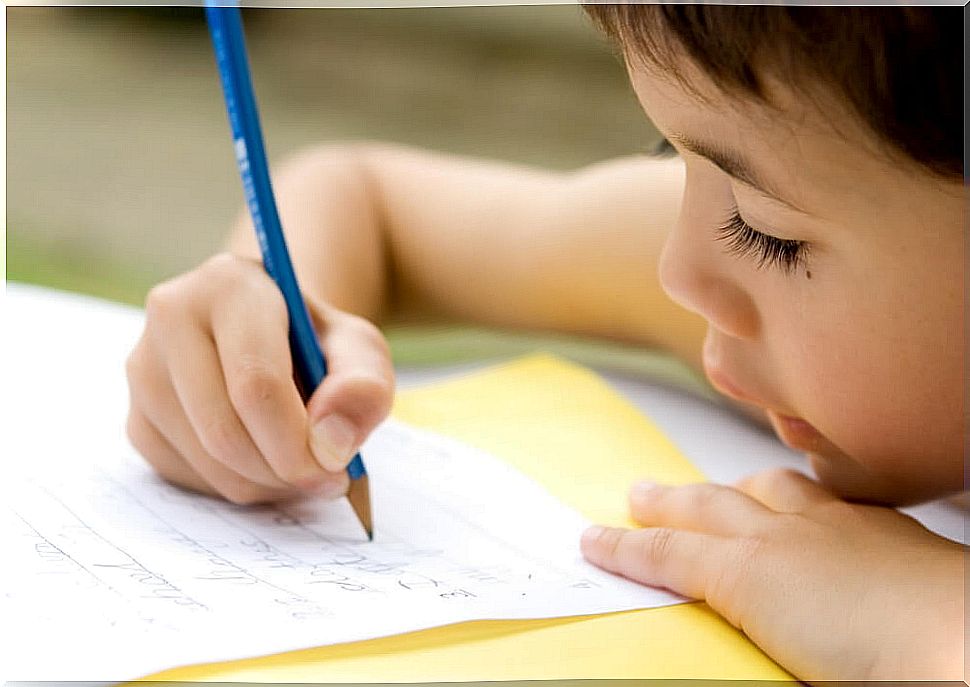
Assessment and intervention of dysgraphia
If there are suspicions of the presence of dysgraphia, it is necessary to carry out a psychopedagogical assessment, through observation and the use of a psychometric test. In this sense, one of the tests used to evaluate writing is the Battery of Evaluation of the Reading Processes, also known as PROESC.
Thus, once these writing difficulties have been detected, Lucchini recommends using the cursive method because:
- It favors the continuity of the movement.
- Facilitates ease and dynamism in writing.
- It allows the perception of the word as a whole.
- It tends to be resistant to forgetting in memory.
It also says that motor relaxation should be encouraged through free painting. In addition, it is also convenient to stimulate the verbalization of writing and control the child’s body posture when writing. So you have to make sure that you are holding the pencil correctly and that you are resting your wrist on the paper.
Ultimately, these simple actions can improve the writing problems of children with dysgraphia.

